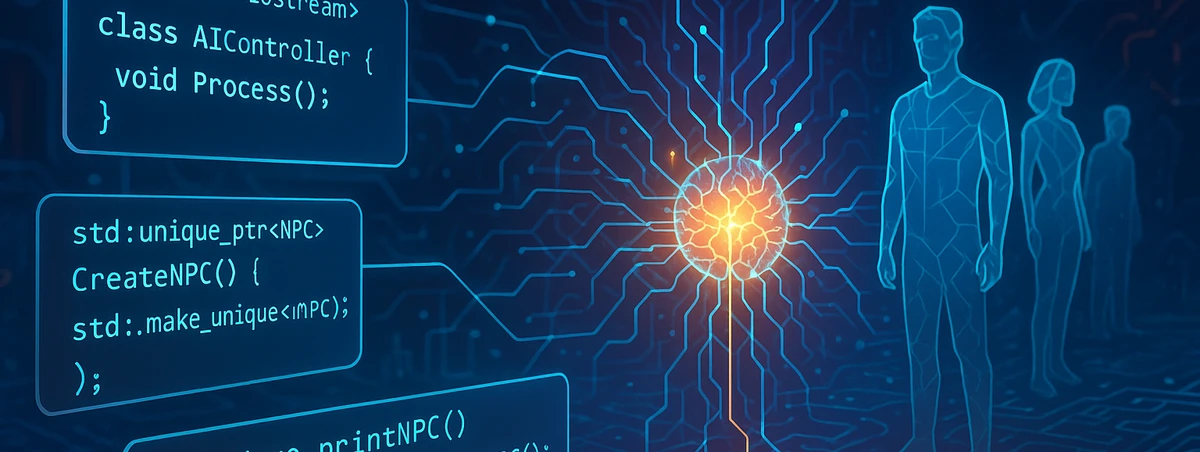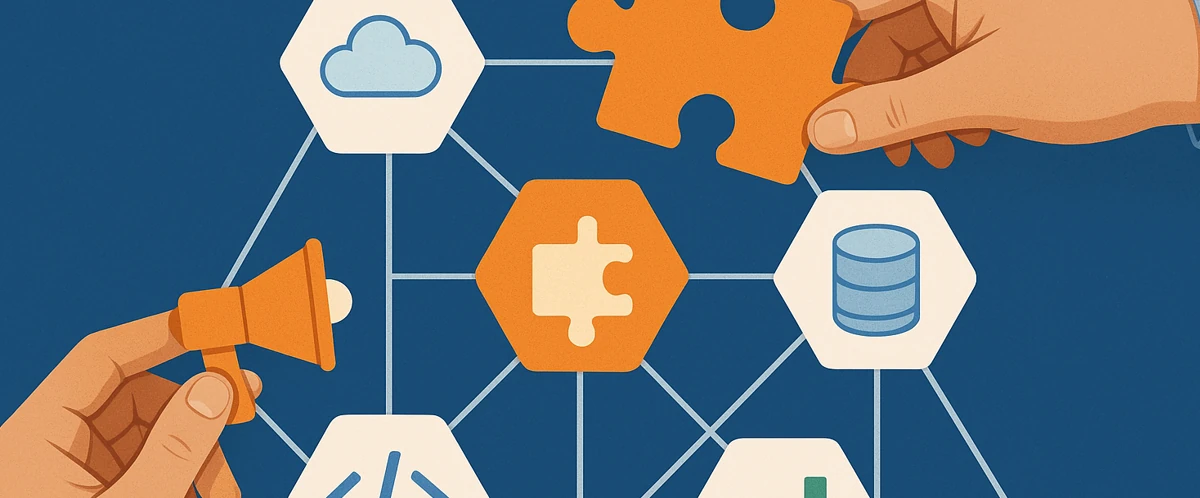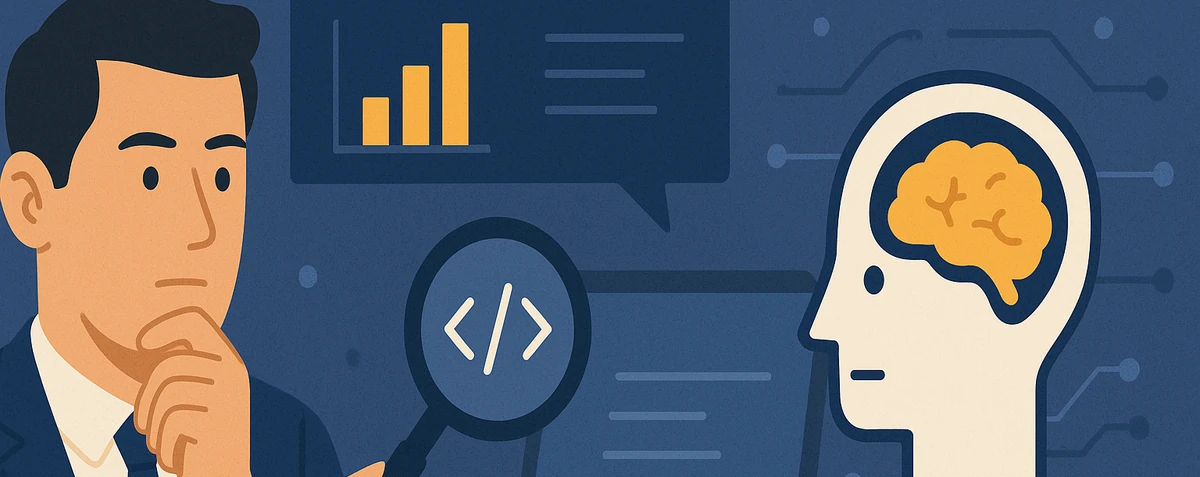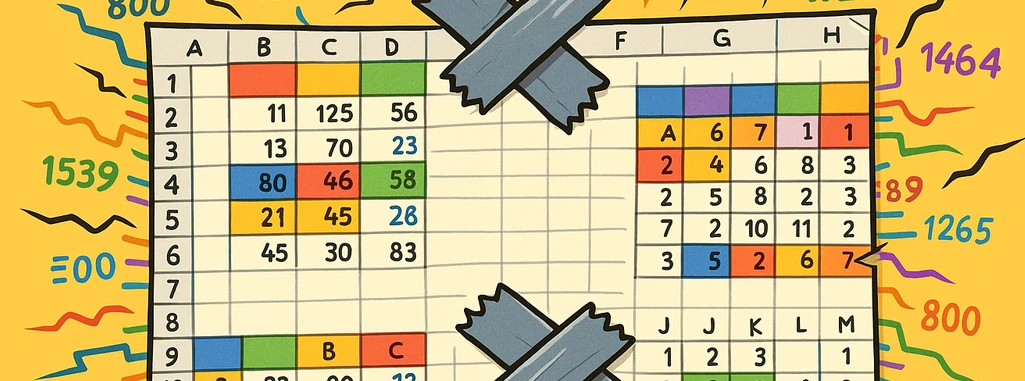Is your product minimum AND viable? Let’s take a moment and dig into how functionality affects customer perception.
I came across this image a while back and it resonated with me.
I’m not sure it’s exact origins (some reverse Google Image search claims it comes from Spotify, but I can’t find an exact source), but I believe it’s one of the best examples of linking customer perception to feature sets.
Unfortunately, without a great deal more explaining, I’ve found several product and development managers I’ve spoken with still miss the point. The most common response I get: ““but the first four aren’t a car.””
You bet. They’re not. That’s the point–and the misconception. The end product here isn’t a car–it’s a mode of transportation. From a means of satisfying a customer’s need for a mode of transportation, the bottom progression continues to increase customer satisfaction in the product, yet they are all viable and fully functional in their feature set.
The important lesson isn’t about trying to shove ““all the things”” into each release, but that each release should be fully viable and stand alone for the actual goal of the product. In my opinion, this is especially important for the early releases–to both laser focus the true goals of the product and company, but also reduce scope creep when time-to-market is so important.
If your software’s goal is to allow users to save their favorite coffee recipes, then every single release should allow for at LEAST that basic functionality. Sharing those recipes, printing them, creating recipe books–to the moon and beyond is great as long as a user can still log in and save that they like a triple espresso latte with a shot of vanilla (my personal fav).
If you and your team are concerned about scope creep, keep the product (and your company’s) end goal in mind–what is the base service you are delivering. Each time your features bump up against that base service, stop and release.










Share this post
Twitter
Facebook
Reddit
LinkedIn
Pinterest
Email